art
The True Meaning Of Spiritual Surrender
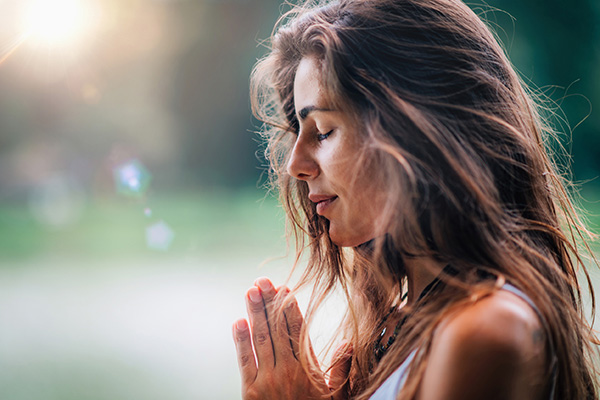 When life becomes too challenging, and things begin to fall apart for us, we usually seek spiritual guidance and comfort.
When life becomes too challenging, and things begin to fall apart for us, we usually seek spiritual guidance and comfort.
In these circumstances we often tend to hear terms like surrender, release and acceptance. We are told to just let it go and simply be in the moment.
But what does it really mean to surrender? It’s a term often used in spiritual and metaphysical circles. Is there even such a thing? And if so, what does it entail?
According to the dictionary, surrender means to stop fighting and admit defeat. It also conjures up the vision of waving a white flag. But is spiritual surrender truly nothing more than throwing in the towel, and graciously accepting our defeat?
I prefer to explore the meaning of spiritual ‘surrender’ through the metaphor of a painting I made, which is my way of meditating and reflecting on life.
The painting is of an angel and I even named it Surrender. I chose this name, because it is the energy this angel emanates. His pose and posture also symbolizes the act of surrender.
At the time of working with the energy of this piece, I was in the process of leaving the security of a mainstream finance career, to establish myself as a full-time artist, energy healer and spiritual reader. Meanwhile, I was also very busy navigating a family separation and divorce. There were so many major changes in my life, and so much about my future and my life path that remained uncertain and unknown.
Staying Spiritually Nourished In A Digital World
 If you’re feeling stuck in cycles of anger, sadness, anxiety, or fatigue, take a moment to ask yourself: what am I consuming?
If you’re feeling stuck in cycles of anger, sadness, anxiety, or fatigue, take a moment to ask yourself: what am I consuming?
This question goes far beyond food. Are you consuming negativity online? Are you surrounding yourself with people who drain rather than uplift? Are you spending more time in front of a screen than under the sky?
Everything you consume and engage with in this world either feeds your inner light or diminishes it. Everything you watch, listen to, interact with, and invite into your life.
This truth is simple yet profound. We may not always realize it, but the choices we make each day either nourish our spirit or cloud it.
In today’s world, it’s easy to become entangled in habits, distractions, and energies that gradually drain our vitality. The barrage of social media updates, the constant hum of technology, processed foods, fear-driven news cycles, anger, jealousy, dishonesty, and gossip. All of these things can chip away at the divine light within us, if we let it.
On the other hand, there are sacred and intentional choices that can uplift and energize us. Fresh fruits and vegetables grown with love from the Earth. Gentle sunlight warming your skin. Time in nature, listening to the rhythm of the trees and the whispers of the wind.
Loving and conscious relationships. Forgiveness. Kindness. Generosity. Dance, art, singing, and the tender beauty of genuine joy. These are not luxuries. They are lifelines to your highest self. They feed your light. Continue reading
The Power Of Creativity To Transform And Heal
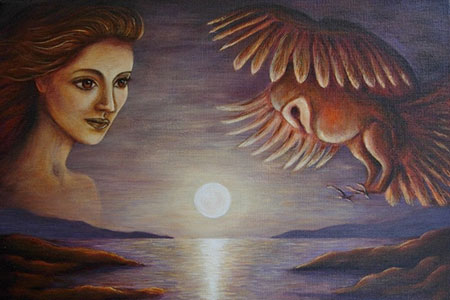 Creative play is a crack, or a doorway into another part of ourselves… into our intuitive and spiritual nature. To explore our creativity is to open that door of possibility.
Creative play is a crack, or a doorway into another part of ourselves… into our intuitive and spiritual nature. To explore our creativity is to open that door of possibility.
It is easy to doubt our creativity when we compare ourselves to others, and to great artists of the past. Through their life stories and work, the master artists left reminders, showing us that creativity is not something we are taught, but rather something we are. Tapping into this is about experiencing this for ourselves, in whatever form that may be.
I took up painting as a hobby in my late 20s. It began as a desire to learn to paint, although I held the belief that I wasn’t really creative, given my Finance and Accounting background. I had never considered Art to be healing, or that it held personal healing benefits.
At the beginning of my journey, I immersed myself in art books and read about other artists. I also joined a local art group. In class one day, I felt inspired to paint the Buddha. From the moment I picked up my brush to paint him, I could feel a presence by my side and I could see in the blank canvas the face that was to appear, long before it was visible to anyone else. That painting is the piece that changed the direction of my life path, as I embraced my creative and spiritual gifts.
Turning up to a blank canvas, is like saying yes to life and the unknown of what lays on our path. And there are many benefits of saying ‘yes’ to painting. Painting allows us to express ourselves through our work, it allows us a time and space to reflect on our life and the meaning we attached to our experiences.
Transform Your Love Life With Color Magic
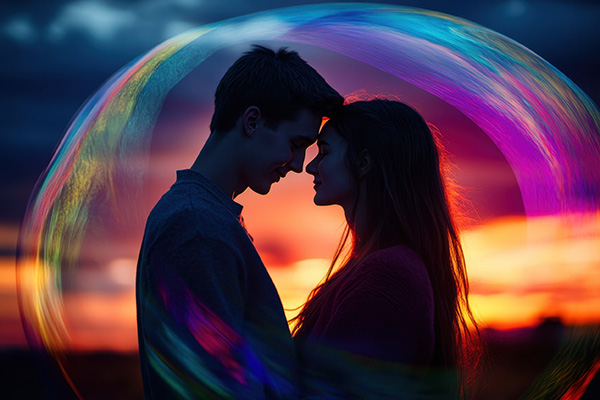 Color magic is a powerful and accessible form of energy work to improve relationships and align your romantic life with your deepest intentions.
Color magic is a powerful and accessible form of energy work to improve relationships and align your romantic life with your deepest intentions.
While it is often associated with color therapy, a practice that uses the vibrational frequencies of different colors for healing, color magic takes it a step further. It allows you to manifest your wishes and desires with intentional purpose, vibrational alignment, and energetic attraction.
When it comes to love and relationships, color energy work can be your intuitive ally. Whether you’re longing to meet your soulmate, hoping to reignite the spark in a long-term relationship, or seeking emotional healing after a breakup, the energies of color can empower you.
Each hue carries its own vibration, acting like an energetic tuning fork that aligns your internal frequency with your heart’s desires.
Color surrounds us everywhere: in the clothes we wear, the food we eat, and the spaces we inhabit. With increased awareness, we can begin to use color intentionally to attract, heal, and transform our romantic lives.
Infuse your daily life with color vibrations that powerfully align with your desires: rose quartz pink for unconditional love, emerald green for heart healing, and lush purple for passion and depth. These choices go beyond fashion or aesthetics — they are acts of conscious, deliberate creation.
Color magic is a subtle yet potent tool in your metaphysical toolkit. It bridges the physical and energetic realms, enabling you to co-create with the universe in a beautiful, spiritually empowering ways. Ultimately, love is energy. So is color. When you bring them together mindfully and with an open heart, you become a magnet for connection, transformation, and the deep, soul-level love you’ve been yearning for.
The Touching Tale Of The Praying Hands
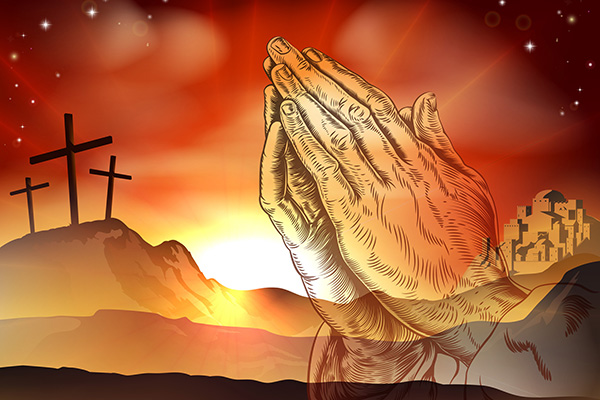 In the fifteenth century, in a tiny village near Nuremberg, Germany, lived a family with 18 children. Yes, eighteen! To put food on the table for this mob, the father and head of the household, a goldsmith by trade, worked nearly 18 hours a day at his trade, as well as any other paying job he could find in the neighborhood.
In the fifteenth century, in a tiny village near Nuremberg, Germany, lived a family with 18 children. Yes, eighteen! To put food on the table for this mob, the father and head of the household, a goldsmith by trade, worked nearly 18 hours a day at his trade, as well as any other paying job he could find in the neighborhood.
Despite their seemingly hopeless situation, Albrecht and Albert, two of the older children, had a dream. They both wanted to pursue their talent for art, but they were well aware that their father would never be financially able to send either of them to an art academy.
After many long discussions at night in their crowded bed, the two boys finally worked out a pact. They would toss a coin. The loser would go down to the nearby mines and use his earnings to support his brother, who would attend the academy.
Then, after four years, when the brother who won the coin toss finished his studies, he in turn would support the mining brother to also attend the academy – either by selling his artwork or, if necessary, by working in the mines.
They tossed a coin one Sunday morning. Albrecht Dürer won the toss and went to Nuremberg to study art. Albert went down into the dangerous mines and spent the next four years financing his brother, whose creative work at the academy was almost immediately a sensation.
Albrecht’s etchings, woodcuts, and oils were far superior to those of most of his fellow students and even his professors, and by the time he graduated he was beginning to earn substantial fees for his commissioned works.
Balance Your Mind With Crystal Energy
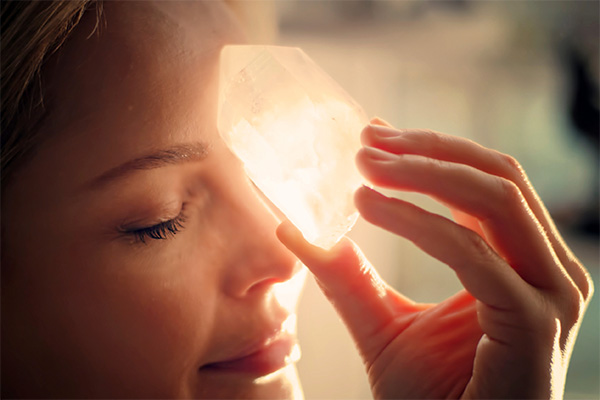 The human brain is a dual force, with the left and right hemispheres complementing each other to create a balanced mind.
The human brain is a dual force, with the left and right hemispheres complementing each other to create a balanced mind.
Each side of the brain brings its own gifts to the whole, working together to shape our unique perceptions and experiences.
The left brain is known for its logical, structured, and analytical approach to processing information, excelling in tasks like reasoning, mathematics, and language.
In contrast, the right brain is more intuitive, imaginative, and emotionally expressive, fueling creativity, visual thinking, and spiritual insight.
This division of cognitive function influences how we think, solve problems, and interact with the world, both internally and externally.
In the realm of energy work and healing, various crystals and stones support and enhance the natural strengths of each brain hemisphere, promoting overall mental and emotional harmony and balance.
Whether you are seeking increased focus for problem solving or a boost in artistic expression, the right combination of crystals can support a harmonious mind that fosters both intellectual and creative growth.
By setting clear intentions and using the appropriate crystals and stones regularly, you can harness their energies to align both hemispheres of the brain and promote an integrated approach to life.
In this sacred balance, the mind and soul find unity, creating a deeper sense of wholeness and fulfillment—a fusion of logic and intuition, structure and flow, thought and feeling.
